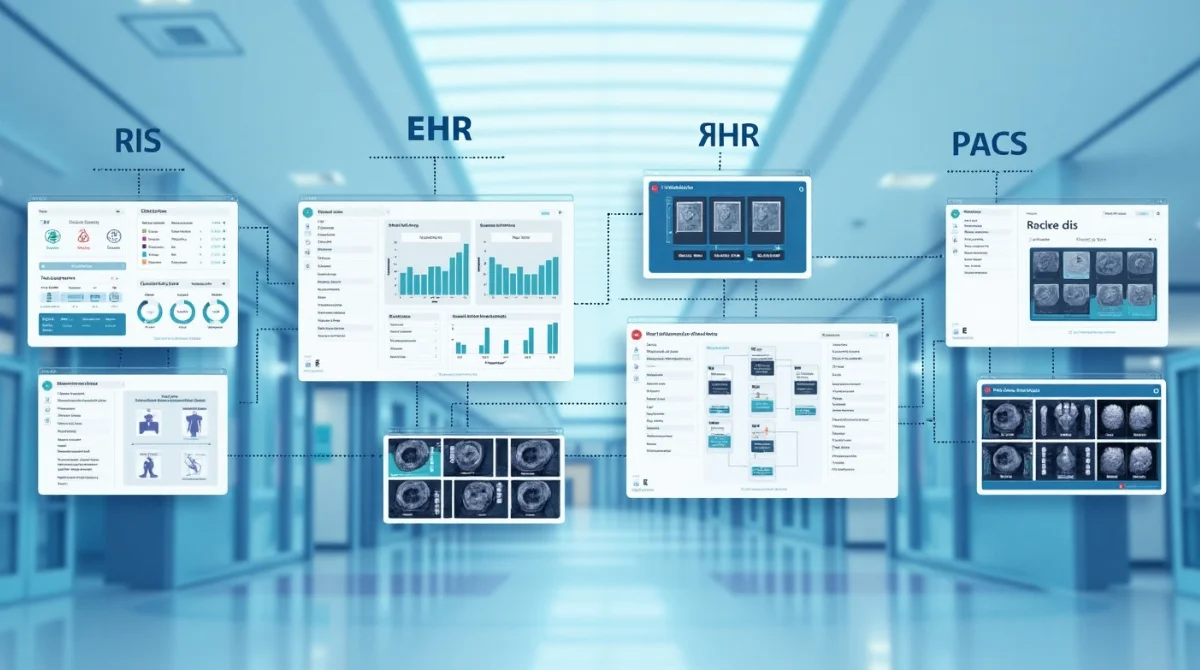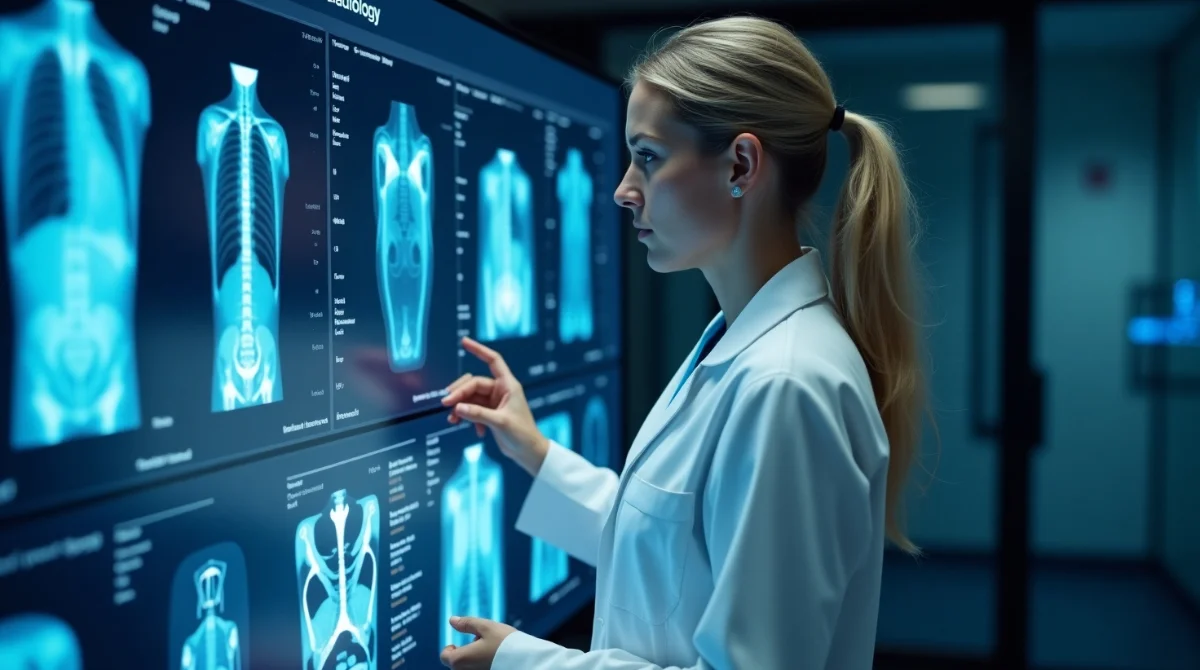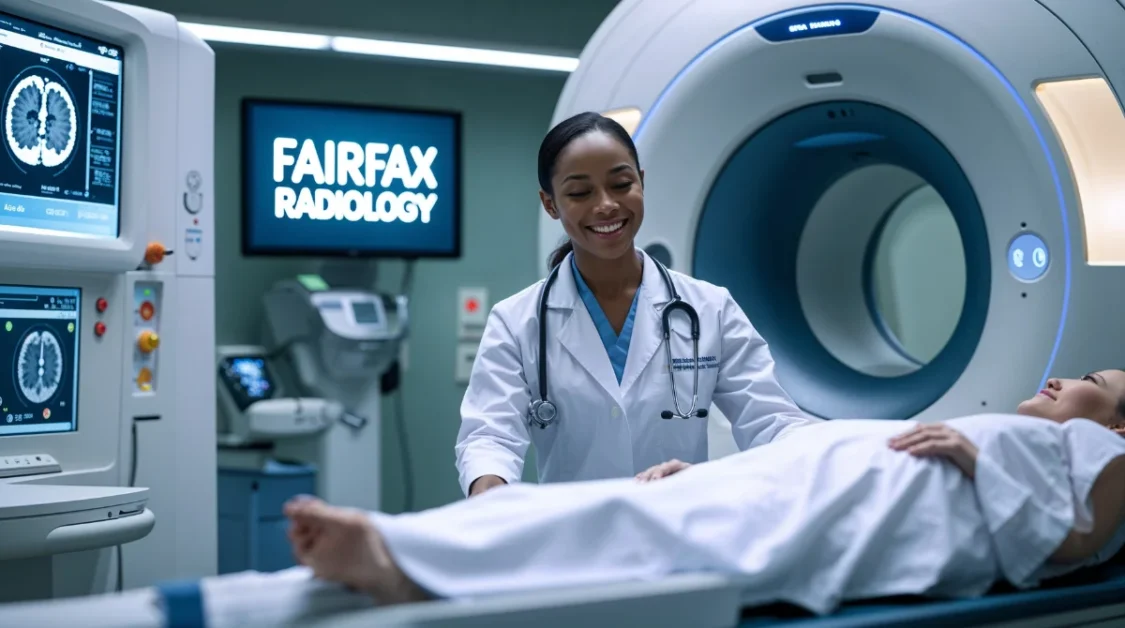In today’s healthcare landscape, the efficient management of medical imaging is crucial. Radiology Information Systems (RIS) play a pivotal role in streamlining radiology departments, ensuring timely diagnoses, and enhancing patient care. This article explores the key features, advantages, hurdles, and emerging trends of RIS, offering clear insight into its role in modern healthcare.
What is a Radiology Information System?
A Radiology Information System (RIS) is a type of software used in healthcare to manage and organize radiology data and workflows. It helps schedule patient appointments, track imaging orders, and store detailed records such as patient history and test results. RIS also handles billing and reporting, making the radiology department more efficient. It often works alongside systems like PACS (for storing medical images) and EHRs (for patient health records) to ensure smooth data sharing and communication. With RIS, healthcare providers can deliver faster and more accurate diagnoses, improve patient care, and maintain organized, secure digital records.
Core Components of RIS
1. Patient Management
This part of the RIS handles everything about the patient from the start. It registers new patients, helps schedule their appointments, and keeps track of their visits. It also stores key details like age, gender, medical history, and contact information. This makes it easier for staff to access all the needed info quickly, ensuring that patients are seen on time and without mix-ups.
2. Imaging and Data Management
RIS works closely with another system called PACS, which is used to store and view medical images like X-rays, MRIs, and CT scans. With this integration, doctors and radiologists can easily pull up a patient’s images from the system, even if they were taken a while ago. This helps speed up the review process and makes diagnosis more accurate and efficient.
3. Reporting and Analytics
This feature helps doctors create and manage reports for every scan or test a patient gets. It also gathers data across the department to show how things are running. For example, it can tell you how many patients were seen in a week, how fast reports were completed, or if there are delays in the process. These insights help hospitals find areas where they can improve.
4. Financial Management
RIS also plays a role in managing money matters. It handles billing, keeps records of payments, and even helps in filing insurance claims automatically. Since it links with the hospital’s overall health record system, it ensures that all financial information is correct and up to date, reducing errors and saving time for the billing staff.
5. Workflow Optimization
This part focuses on making everything run smoothly. It helps track every step from when an imaging order is made by a doctor to when the final report is sent back. This cuts down delays, avoids confusion, and ensures that patients move through the system without unnecessary wait times. It makes the whole process faster and more organized.
6. Interoperability and Integration
RIS is designed to work well with other healthcare software systems. It can “talk” to systems like Electronic Health Records (EHRs), PACS, and lab management tools. Newer RIS versions even use cloud technology, which means data can be safely stored and accessed online from different locations, making it easier for healthcare professionals to work together.
7. Security and Compliance
Since RIS handles private patient data, it must follow strict rules to keep that data safe. Features like password protection, data encryption, and access controls ensure that only authorized staff can view or change sensitive information. This helps the hospital follow laws like HIPAA, which are designed to protect patient privacy.
8. Patient Engagement
Some RIS platforms now come with patient-friendly tools like online portals. These let patients log in to schedule appointments, check the status of their tests, or even read their imaging reports. It helps patients feel more involved in their healthcare and reduces the need for phone calls or in-person visits just to get basic updates.
Benefits of Implementing RIS
1. Enhanced Communication
One of the biggest advantages of RIS is that it makes communication better between different people and departments. For example, when a radiologist finishes reading an X-ray, the report can be instantly shared with the referring doctor through the system. This means no more waiting for paper reports or making multiple phone calls. Everyone gets the latest information quickly, which helps avoid confusion and delays in patient care.
2. Improved Data Management
In the past, hospitals relied on paper files to keep track of patient records and test results. This often led to lost documents or hard-to-read notes. With RIS, all this information is stored digitally. Everything from patient history to imaging reports is organized in one place. This not only saves space but also reduces the chances of losing important information. Digital records are also much faster to search through and update.
3. Operational Efficiency
RIS helps automate many daily tasks, such as scheduling appointments, tracking test progress, and generating reports. This means that staff no longer have to do everything manually, which saves time and effort. As a result, doctors, nurses, and administrative staff can spend more time on tasks that truly require their attention like patient care or decision-making making the whole department more productive and efficient.
4. Better Patient Outcomes
When doctors have quick access to imaging results and detailed reports, they can make faster decisions about a patient’s treatment. This is especially important in emergencies or when a diagnosis is time-sensitive. The faster the doctor gets the right information, the quicker the patient can start the right treatment. Over time, this leads to better health outcomes and happier, more satisfied patients.
Challenges in Implementing RIS
1. Integration with Existing Systems
A good RIS needs to work smoothly with other important systems, like PACS (which stores medical images) and EHRs (which hold patient medical records). But this can be tricky. Different systems may use different formats or technologies that don’t always match. Think of it like trying to get two apps on your phone to share data when they weren’t designed to talk to each other. Solving this problem requires time, technical expertise, and sometimes custom solutions.
2. Regulatory Compliance
Hospitals and clinics must follow strict rules to protect patient data, such as HIPAA in the U.S. RIS software needs to be designed with these rules in mind. That means it must include things like encrypted data (so hackers can’t read it), detailed logs of who accessed what (audit trails), and secure login systems. If these features aren’t built in or properly configured, the hospital could face legal issues or data breaches.
3. User Adoption and Training
When a new RIS is introduced, it can feel overwhelming for the staff who are used to the old way of doing things. Doctors, radiologists, technicians, and office staff all need proper training to feel confident using the new system. If they don’t understand how to use it or feel frustrated, it can slow down the entire workflow and cause more harm than good. That’s why investing in training and support is so important.
4. Data Migration
Switching from an old system (or from paper records) to a new RIS means transferring a lot of patient data things like scan histories, test results, and reports. This process, called data migration, is complicated. There’s a risk that some data might be lost, copied incorrectly, or become unreadable. Every record needs to be carefully checked and tested to make sure it remains safe and usable.
5. Customization Needs
Every hospital or clinic operates a bit differently. Some RIS platforms come with a “one-size-fits-all” design, which doesn’t always work well for every situation. If the software can’t be easily customized to match a facility’s workflow, staff may have to change how they work just to fit the system. This can create confusion, slow down tasks, and even reduce the quality of care provided.
RIS vs. Other Medical Systems

Radiology Information System (RIS) is just one part of the broader health IT ecosystem, and while it has some similarities with other systems, it also serves a very specific role. Understanding how RIS compares with other commonly used medical systems, like Electronic Health Records (EHR), Picture Archiving and Communication Systems (PACS), and Hospital Information Systems (HIS) helps clarify its unique value.
1. RIS vs. EHR (Electronic Health Records)
EHR systems are designed to store and manage a patient’s entire medical history, including doctor visits, lab results, prescriptions, and immunizations. While RIS does manage patient data, it is focused entirely on radiology-specific workflows. EHRs give a broad view of a patient’s overall health, but RIS gives a deep and detailed view of radiology services, like imaging orders, scan results, and radiology reports. Often, EHRs and RIS are integrated to ensure both systems can exchange information seamlessly.
2. RIS vs. PACS (Picture Archiving and Communication System)
PACS is all about storing and viewing medical images like X-rays, CT scans, and MRIs. It is essentially a large digital image library. On the other hand, RIS is more of a workflow manager for the radiology department. It tracks appointments, stores patient records, manages billing, and handles reports. RIS and PACS often work together RIS manages the process, while PACS handles the images. When integrated, radiologists can view images and related data all in one place.
3. RIS vs. HIS (Hospital Information System)
HIS is a large, all-in-one platform used to manage everything across the hospital like patient admissions, scheduling, billing, and inventory. It touches many departments but doesn’t go deep into any single one. RIS, however, is focused only on radiology. While HIS helps run the hospital as a whole, RIS provides the tools radiology teams need to manage their daily operations in detail. In many hospitals, RIS is a specialty module that connects to HIS for better coordination.
Future Trends in RIS
1. Artificial Intelligence (AI) Integration
AI is starting to play a big role in healthcare, and RIS is no exception. Modern RIS platforms are adding AI features that can help doctors work more efficiently. For example, AI can analyze large sets of imaging data to detect patterns and flag potential issues, such as tumors or fractures, making diagnoses faster and more accurate. It can also take over repetitive tasks, like sorting reports or tagging images, so medical staff can focus on patient care. Additionally, AI-driven analytics can predict patient trends or equipment usage, helping hospitals make smarter decisions.
2. Cloud-Based Solutions
Traditionally, RIS software was installed on computers within the hospital, meaning you had to be on-site to access it. Now, many RIS systems are moving to the cloud. This means all the data is stored online (securely), and doctors or technicians can access the system from anywhere, even from home or a different hospital. Cloud-based RIS is easier to scale up (add more users or storage), often costs less over time, and allows for better collaboration between teams in different locations. It’s also easier to update and maintain, reducing IT headaches.
3. Enhanced Interoperability
Interoperability means different healthcare systems can share and use each other’s data without problems. Future RIS platforms are focusing on supporting widely accepted data exchange standards like HL7 and FHIR. These standards make it easier for RIS to communicate with other systems, such as EHRs, lab systems, and even billing software. The result is smoother workflows, fewer errors, and faster access to complete patient information all of which improve both efficiency and patient care.
Conclusion
Radiology Information Systems are integral to modern healthcare, offering numerous benefits from improved data management to enhanced patient care. While challenges exist in implementation, the advantages far outweigh the hurdles. As technology continues to evolve, RIS will play an even more significant role in shaping the future of radiology and healthcare at large.
Related Topic:



